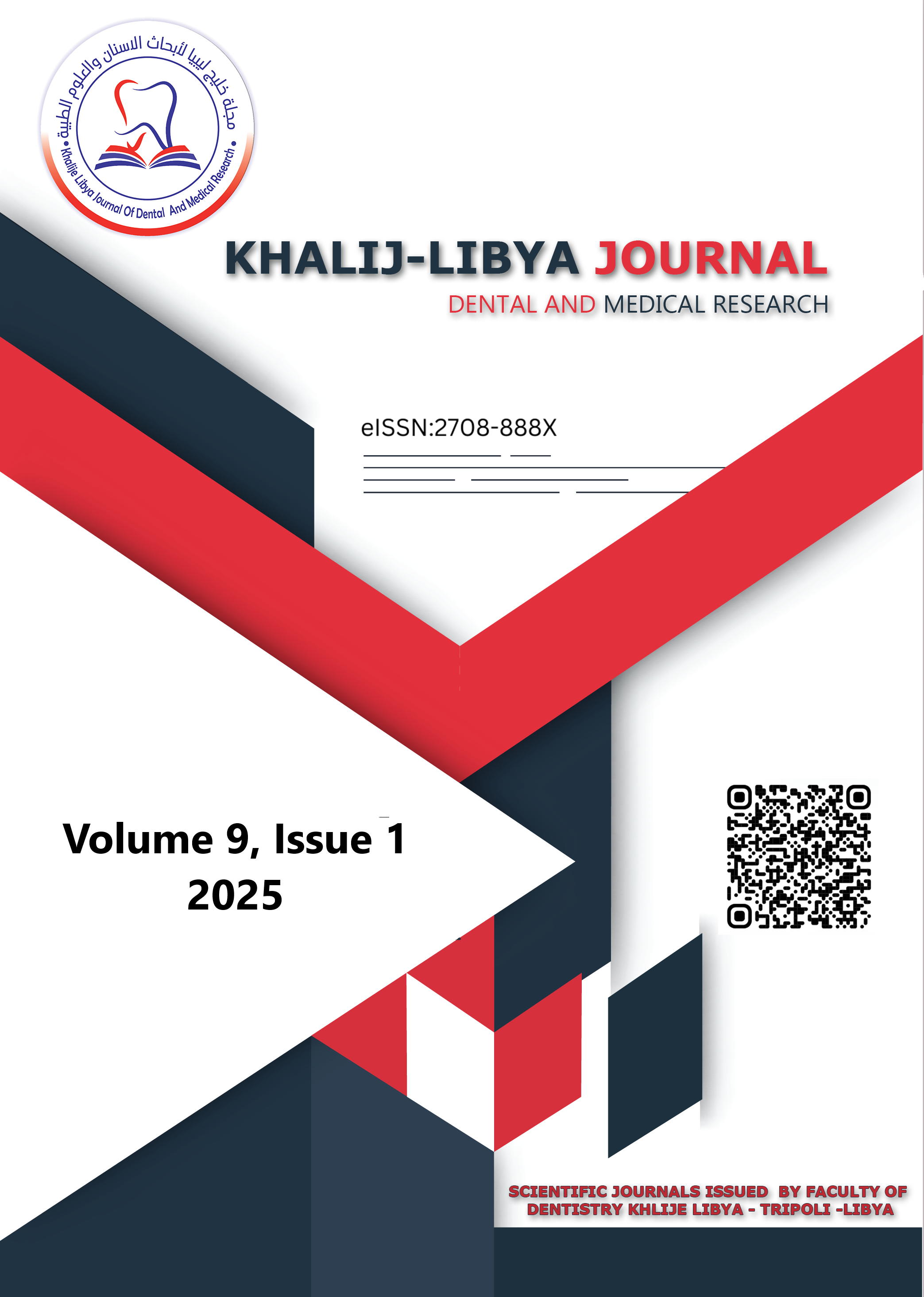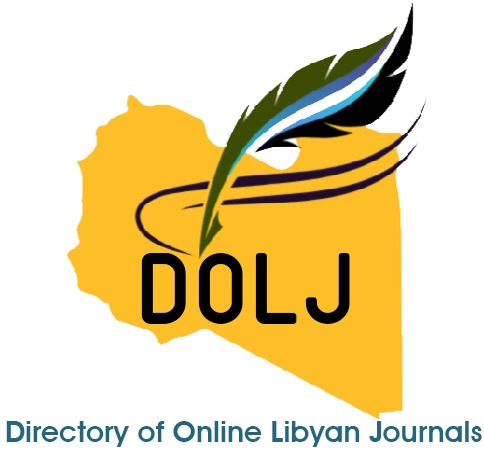Awareness and Knowledge of Libyan Undergraduate Medical Students About Artificial Intelligence Use in Medical Education
DOI:
https://doi.org/10.47705/kjdmr.25911020Keywords:
Artificial Intelligence, Awareness, Knowledge, Undergraduate Medical StudentsAbstract
Artificial intelligence (AI) shows enormous potential across multiple applications, including patient diagnosis and educational decision-making. Medical students' perspectives and readiness are critical factors for AI implementation in medical education and healthcare. The current study sought to determine medical students' awareness of and knowledge about AI use in medical education. A cross-sectional study was carried out using Google Forms to collect data from undergraduate medical students studying at various medical colleges at the University of Tripoli, Libya. Descriptive statistical analysis was performed via Microsoft Excel. A total of 117 medical students participated in the survey. Approximately 54.70% of the students agreed that they are comfortable using AI, and half (55.55%) of them agreed that they are aware of AI's use in healthcare and medical education, whereas 82.05% agreed that AI has the potential to enhance medical education. A high proportion (82.91%) of the study participants agreed that AI can improve their learning experience, whereas 66.67% agreed that the information provided by AI is useful. However, only 22.22% of the participants agreed that AI can keep their data confidential. Our findings indicate that undergraduate medical students believe that AI has potential and will be useful if it is implemented in medical education. Students at the undergraduate level should be made aware of the use of AI tools and applications.
Downloads
Published
How to Cite
Issue
Section
License
Copyright (c) 2025 Khalij-Libya Journal of Dental and Medical Research

This work is licensed under a Creative Commons Attribution-NonCommercial 4.0 International License.
All the articles published in KJDMR are distributed under CC BY-NC-SA 3.0 IGO license










